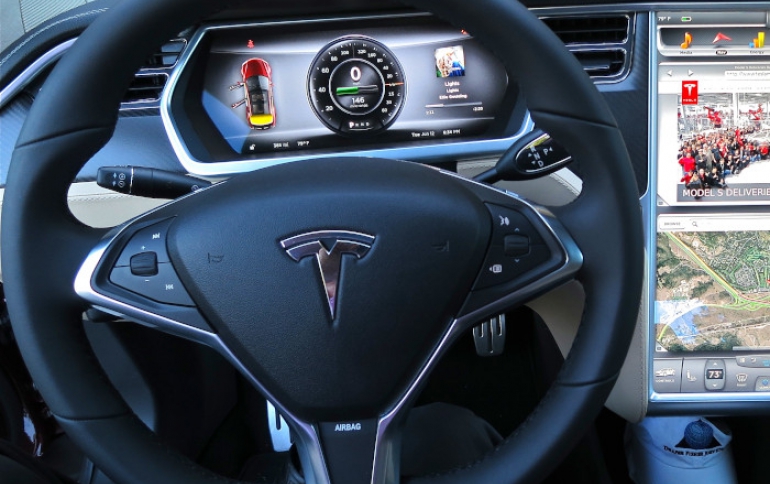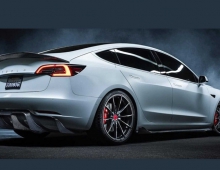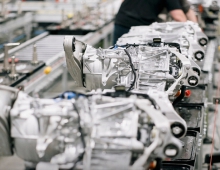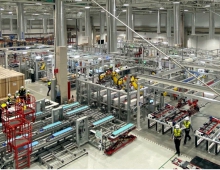
Tesla and Regulators Criticized Over Role of Autopilot in Crash
The National Transportation Safety Board on Tuesday criticized Tesla's lack of system safeguards in a fatal Autopilot crash in California in 2018 and U.S., in which an Apple employee was playing a game on his iPhone and the car veered into a divider.
NTSB board members at a hearing to determine the crash’s probable cause questioned Tesla for the design of its semi-automated driving assistance system, and condemned the National Highway Traffic Safety Administration (NHTSA) for a “hands-off approach” to regulating these increasingly popular systems.
The board expressed frustration with the failure of U.S. regulators to take a more aggressive approach to overseeing driver assistance systems, suggesting greater oversight of self-driving car systems going forward.
The California crash points out that “semiautonomous vehicles can lead drivers to be complacent, highly complacent, about their systems, and it also points out that smartphones manipulating them, can be so addictive, that people aren’t going to put them down,” NTSB Chairman Robert Sumwalt said.
NHTSA said in a statement it is aware of NTSB’s report and will carefully review it. The agency added that all commercial motor vehicles “require the human driver to be in control at all times, and all states hold the human driver responsible for vehicle operations.”
Tesla’s driver assistance system Autopilot is tied to at least three deadly crashes since 2016 and suspected in others.
The NTSB also called on cellphone manufacturers to add more safeguard to prevent the misuse of devices by drivers.
The NTSB has called on NHTSA to verify automakers using systems like Autopilot incorporate safeguards to limit their use “to those conditions for which they were designed.”
Although the the NTSB itself can't impose fines or issue enforceable regulations. the board members are waiting on the National Highway Traffic Safety Administration to act.
According to NTSB's report, the vehicle's driving assistance systems misread the road, ultimately speeding up and crashing into the divider. The car's systems also alerted Huang to pay attention during the drive with visual and audio cues.
The data suggested that driving assistance technology in Huang's vehicle previously had issues with the same stretch of highway during his commute on previous drives, and he regularly used mobile apps during that drive, including on the day of the incident — although logs reviewed my NTSB could not determine if he was holding his phone at the time of the crash.
NTSB documents also noted that the injury caused by the crash was increased by the need for a replacement highway safety feature called an attenuator.
The victim's family is suing Tesla and the state of California over his death.





















